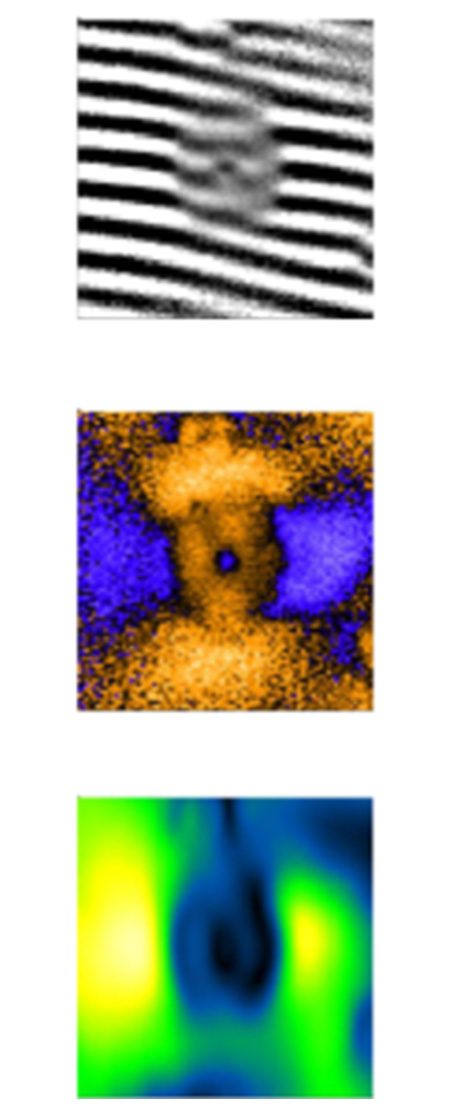Physicists Practice ‘Spin Control’ to Improve Information Processing
Published Date
By:
- Cynthia Dillon
Share This:
Article Content

Optical dilution refrigerator for low-temperature experiments at UC San Diego. Photo by Michelle Fredricks
Currently, information-processing tools like computers and cell phones rely on electron charge to operate. A team of UC San Diego physicists, however, seeks alternative systems of faster, more energy-efficient signal processing. They do this by using “excitons,” electrically neutral quasiparticles that exist in insulators, semiconductors and in some liquids. And their latest study of excitonic spin dynamics shows functional promise for our future devices.
In their research, Professor Leonid Butov and recent physics PhD graduate Jason Leonard, applied indirect excitons (IXs)—specially designed quasiparticles in a layered semiconductor structure—in Bose-Einstein condensate form. With this condensate of IXs, the scientists discovered that the IXs’ spin coherence was conserved when they traveled over long distance, proving hopeful for more energy-efficient signal processing in the future. The study’s results also presented a way to achieve long-range spin coherence—necessary for efficient and speedy circuits using spin transfer. Their findings were published recently in Nature Communications.

Figures demonstrate IX interference (top), polarization (center) and coherence (bottom) patterns. Graphics provided by the Butov Group
“We measured the exciton phase acquired due to coherent spin precession and observed long-range coherent spin transport in IX condensate,” explained Butov. “Long-range spin transport can be explored for the development of new signal processing based on spins.”
Using a specially crafted optical dilution refrigerator set at a very low temperature—0.1 Kelvin or 459.50 F below zero—Butov and his team transformed the IX gas to a condensate by the frigid temperature to achieve spin coherence at the range of 10 micrometers, a range conducive to the development of high-functioning devices exploring spin transfer.
“We started the project trying to explain a quantum phase shift and ended up with a practical observation of spin transport,” noted Leonard.
While this experiment demonstrated one of the capabilities of IX spin coherence at cryogenic temperatures, Butov’s previous study showed that IXs can exist in semiconductors at room temperature—an important step toward practical application.
These studies were supported by the Department of Energy Office of Basic Energy Sciences (award DE-FG02-07ER46449) and coherence studies by the NSF (grant no. 1640173) and NERC, a subsidiary of SRC, through the SRC-NRI Center for Excitonic Devices.
At UC San Diego our research efforts are designed to change the world for the better—through new medicines, innovative technologies and more that will help address disease, global security, public policy, climate change and more. The Department of Physics in the Division of Physical Sciences is one of the university’s founding departments. The first students to enroll at the university in 1960 were graduate students in physics. Today our graduate program in physics is among the top 20 in the nation.
Share This:
You May Also Like
$10 Million Grant from Price Philanthropies Launches Behavioral Health Hub at UC San Diego Health
Health & BehaviorStay in the Know
Keep up with all the latest from UC San Diego. Subscribe to the newsletter today.



